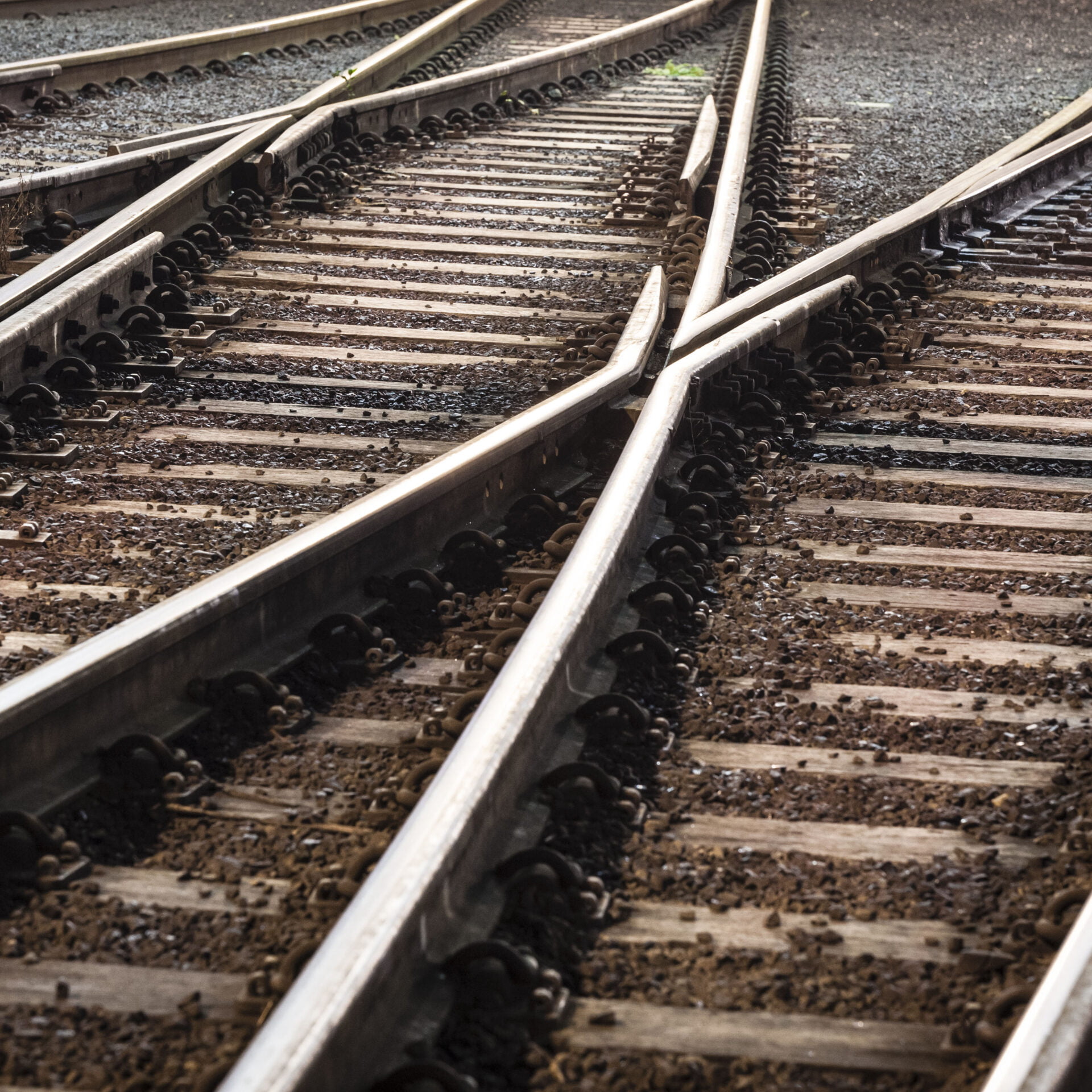This page contains additional information about the West Railway and its effects.
What is the West Railway?
The West Railway is a new railway line that is being planned between Helsinki and Turku. The West Railway provides access to commuter train service for entirely new regions and creates a labor market region comprising 1.5 million residents.
The new Helsinki–Turku rail link comprises four separate sections: the Espoo regional railway line, the direct Espoo–Salo railway line, the Salo–Turku railway line and the development of various parts of the Turku railway yard area.
The project company West Railway Ltd facilitates the planning and construction of the direct Espoo–Salo railway line and the Salo–Turku railway line. The project company is not responsible for the Espoo regional railway line nor the development of the Turku railway yard area.
Why do we need the West Railway?
The West Railway provides a fast and reliable rail link for more than one million people and is the most viable mobility solution in Southern Finland for the next one hundred years.
There is a motorway between Turku and Helsinki, but traffic congestion on it is already an everyday occurrence, especially near the cities.
The commuter train traffic from the areas of Lohja, Vihti and Kirkkonummi, enabled by the new rail link, will reduce the congestion of motor traffic in the Helsinki Metropolitan Area. The train will become a genuine alternative to passenger cars for an increasing number of people.
The Coastal Railway will continue to play an important role for railway traffic. The West Railway will reduce disruptions in the railway service between Helsinki and Turku, as the railway line will include two tracks.
What are the benefits of the West Railway?
The West Railway has a significant impact on the attractiveness and vitality of its affected regions.
Boston Consulting Group has estimated that significant private investments worth up to six billion euros will be made in the region affected by the West Railway as a result of its construction. The investments will be made in the areas of the major cities located at the ends of the line. New urban structure development will also take place in the areas that will be connected to the railway network for the first time.
In addition to providing a faster and more reliable transport connection between Turku and Helsinki, the railway connection will link Finland even more strongly to the European rail network.
When could the new line be put into service?
The company aims to have the entire new line from Turku to Helsinki ready for service by the early 2030s. The first phases of construction, Espoo–Hista and Salo–Hajala, will start in 2027 at the latest.
Which parties are involved?
The shareholders of the project company during the planning stage are the Government of Finland, the cities of Turku, Espoo, Helsinki, Salo and Lohja, and the municipalities of Vihti and Kirkkonummi.
The rail link is part of the Trans-European Transport Network, and the EU has granted funding for the planning stage.
Why is the project managed by the West Railway Ltd project company?
The advantage of having a project company is the ability to combine state and municipal resources. The project company model is a new, collaborative way of planning, implementing and funding large railway investments for the benefit of society as a whole. The project company model is one way of completing important projects in a timely and cost-effective manner.
The project company enables strong and agile operational management and decision-making, as well as the utilization of innovative implementation methods.
In its assessment, the European Commission has also noted that the project’s financial governance, project management and risk management were comprehensively presented in the funding application, and they were found to be appropriate.
How much will the West Railway cost?
The estimated investment cost for the entire railway link is approximately EUR 3.0 billion.
The cost estimate for the first construction phase is EUR 1.3 billion, including construction planning for the entire railway line and the construction of the first railway sections on the Espoo–Lohja route and the partial double-track line on the Salo–Hajala and Nunna–Kupittaa routes.
Transport infrastructure projects are typically also assessed from the perspective of societal benefit. An effective and reliable railway connection provides significant benefits to the vitality of regions. The implementation of the West Railway will bring stability to the region’s investment environment and attract additional investments.
According to the European Commission’s assessment, the West Railway is economically advantageous and will result in net positive socio-economic effects.
What does the beginning of the project’s construction phase mean in practice?
The beginning of the project’s construction phase means that the company will start construction planning for all railway sections. The construction planning is conducted with the purpose of starting actual construction work, which is expected to start in 2027 at the latest.
The planning project’s technical parts have been completed in 2024, and administrative approval processes are still ongoing. The planning project is expected to end in 2027. It is practical to start the construction phase while the planning phase’s finalization is still ongoing, in terms of resource use and cost efficiency.


